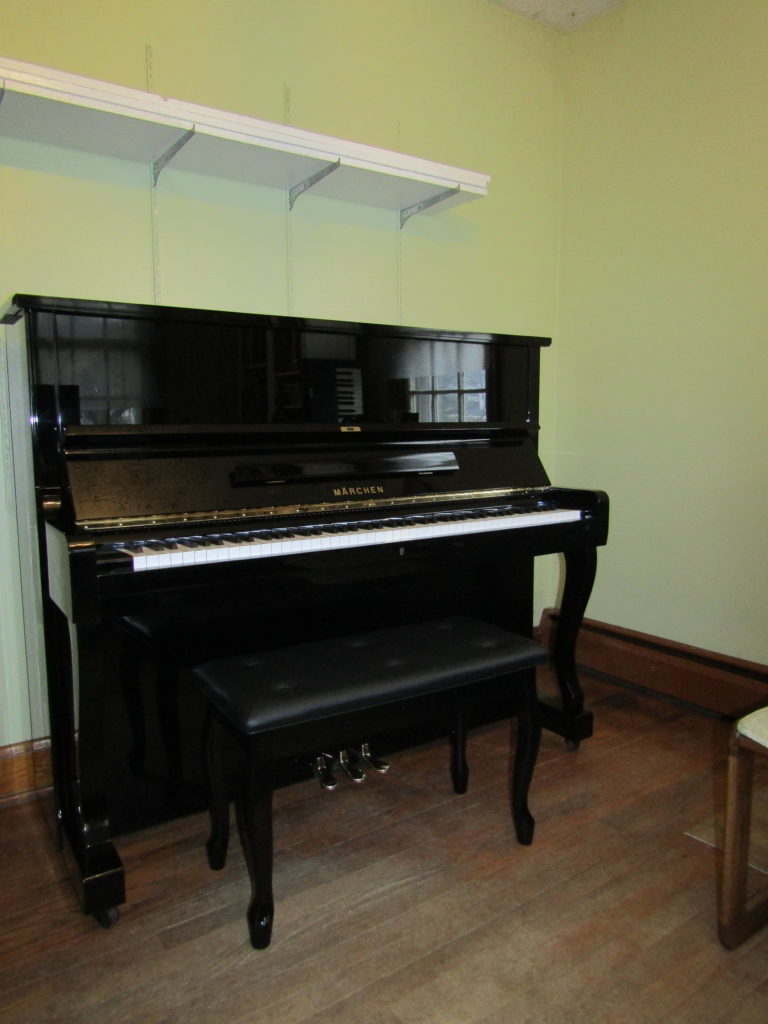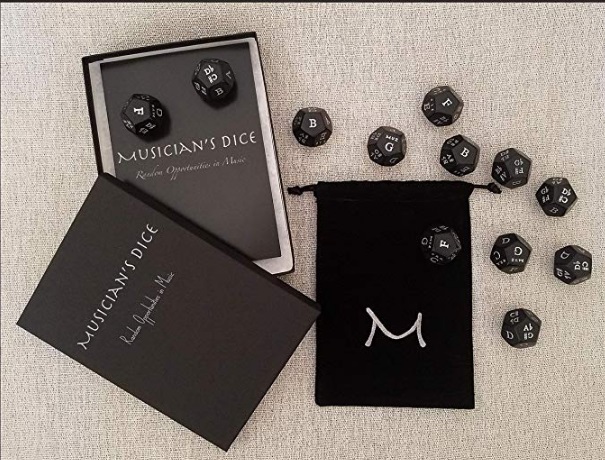Much of my blogging for the past year has been over at my music theory blog. As of this fall I’m actually taking classes at the local community college. I don’t think I’ve picked up a game controller since the summer!
My current “game controller” looks like this. I have never had a piano before and it’s very challenging, but if I can play Dark Souls, I can do anything!
Here is another “game-like” tool I am using for music:
These are helpful for improvisation, or when you get stuck. You say a prayer to RNGsus and hope you get something interesting!
I was very inspired by the idea of composing music for my scenes in No Man’s Sky. The videos I have up (at Avie the Birdbrain Gamer) are a rough approximation of what I would like to be doing. I’m signed up for individual instruction in composing and as a result I’m trying to get all my ducks in a row for the NMS project. This blog has been very helpful in getting the chronology straight. My best (and most organized) game footage is what I took during the last week that universe existed (mid July 2018) — but I did want to include SOME material from before the burning of Neochadwickia. To help with the organization, I made video footage of my Discovery Logs the very last day the universe existed — so the information was totally up to date. It resulted in 29 pages of screen caps. Going through these 29 pages I did in fact find 300 planet names (the working title for my music composition is “The Last of the 300 Worlds”). However — now checking with this blog, I found that there were whole groups of planets and stars that were erased from the Discovery Log. I found the Nagu system — Naguxoisanorca, Rosperigosa, Noelgervay, Mantigervay — but the star had been renamed Nuguxoisa (the planet names remained). I am confused and amazed at what the software must have done every time there was a universe regeneration. How did it decide what info was kept and what was re-written?
I really don’t need to make a full documentation of my 400+ hours in the No Man’s Sky universe in order to compose music about it. But I did think that the process of writing up the 300 planet names and grabbing some screen caps would be straightforward. Instead it has led to a deep dive into a huge collection of (neatly labeled) jpgs and back to this blog!
Somewhere I also have a 3-ring binder full of notes I took while filming. I’m not sure if that info will be helpful at this stage or not (or am I just going down the rabbit hole into completionism?)
I did have a wonderful time last night sorting through pictures til 4 in the morning. There were some spectacular planets I had completely forgotten about.
For the first part of the film I plan to have a series of kaleidoscope images, made from NMS scenes — starting with deepest black, then add stars, nebulas, dark blue horizons….through violet, red, orange, yellow and finally the white-hot death of the universe. I like the idea that my memories and experiences in NMS form a collage (rather than a neat photo album) in my head. I think the music will also be collage-like rather than a literal description of the 400 hrs. ;)


